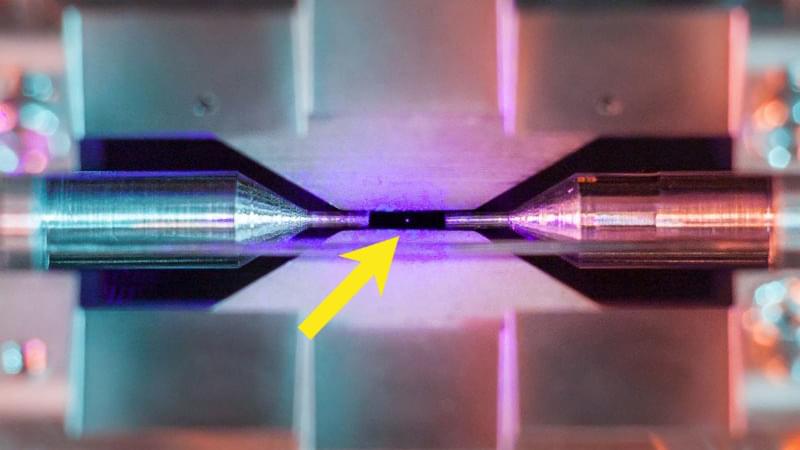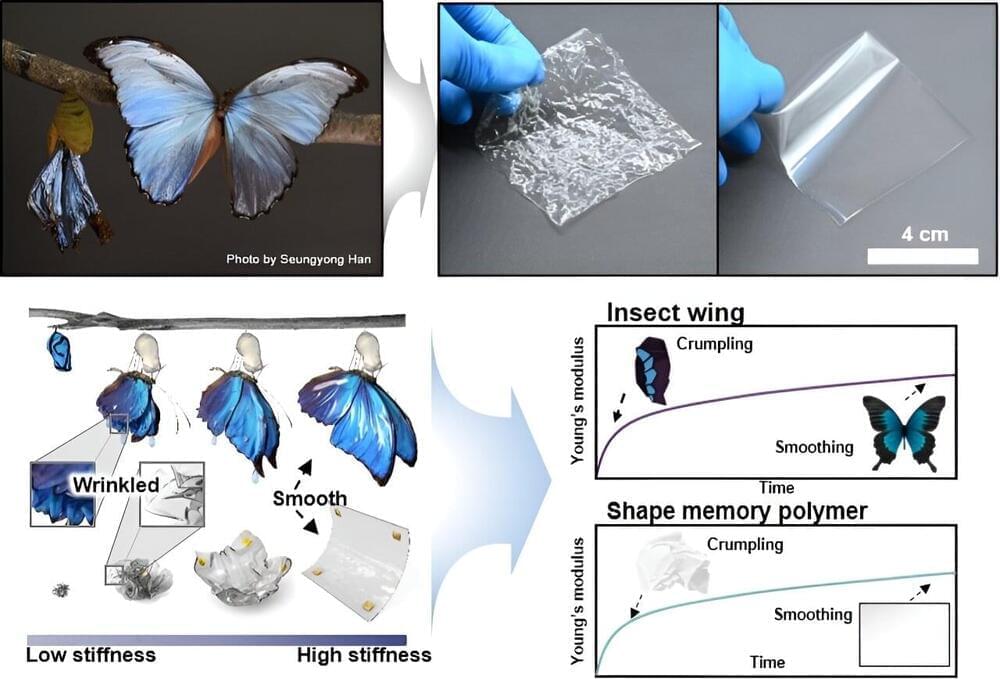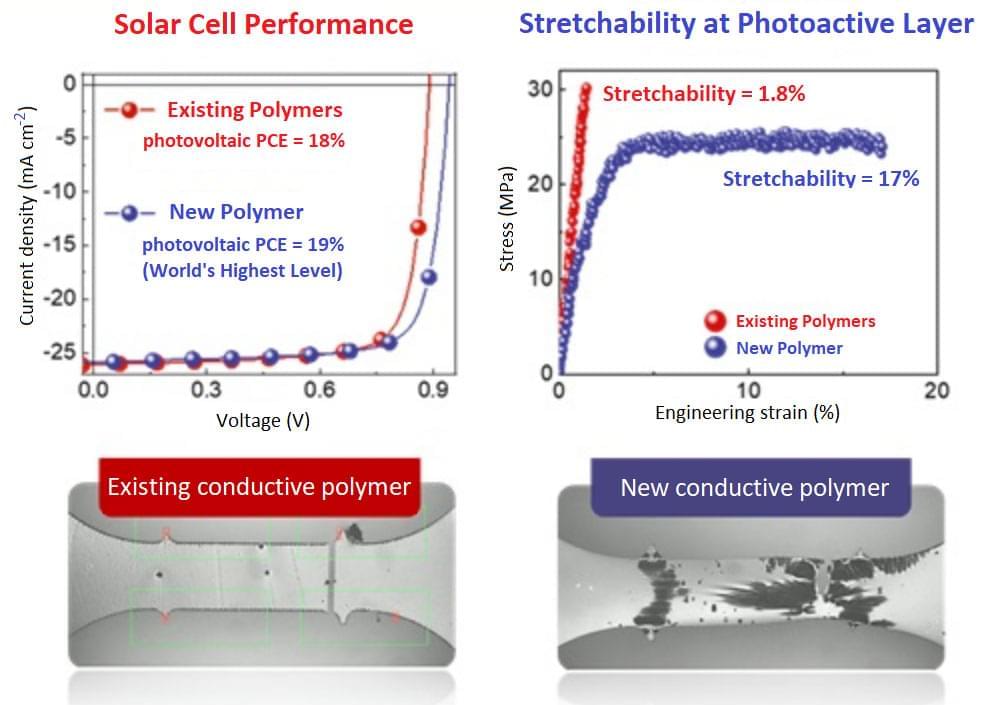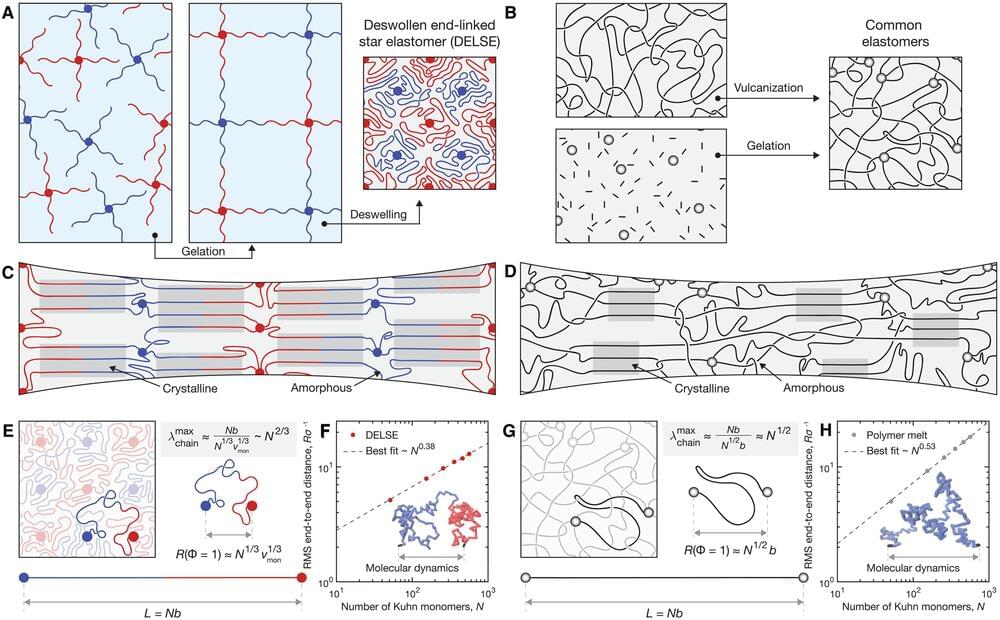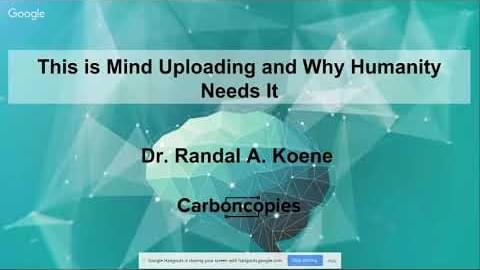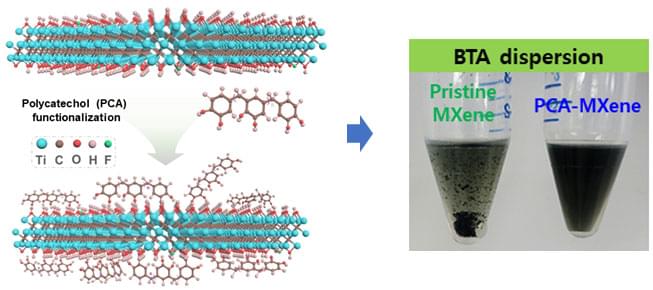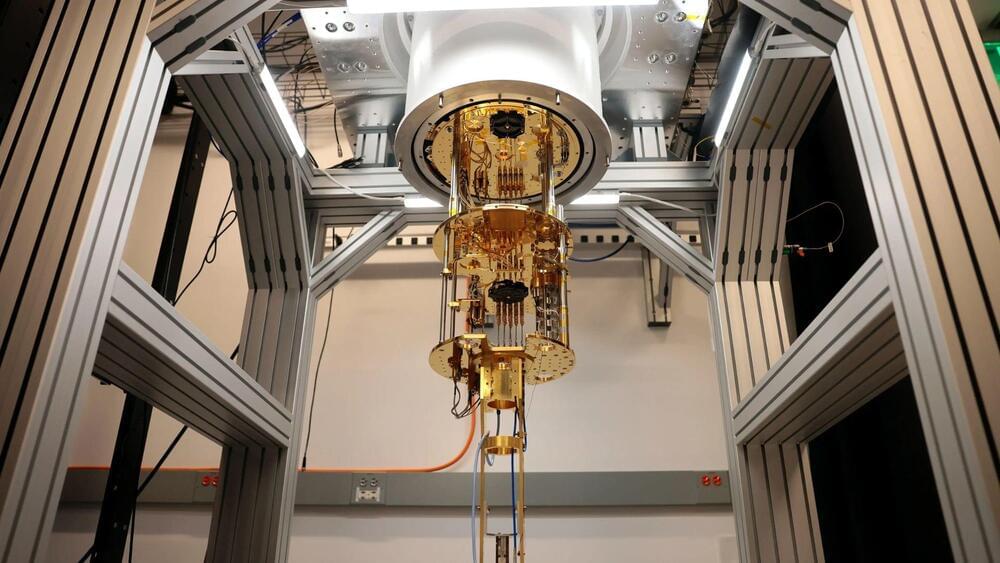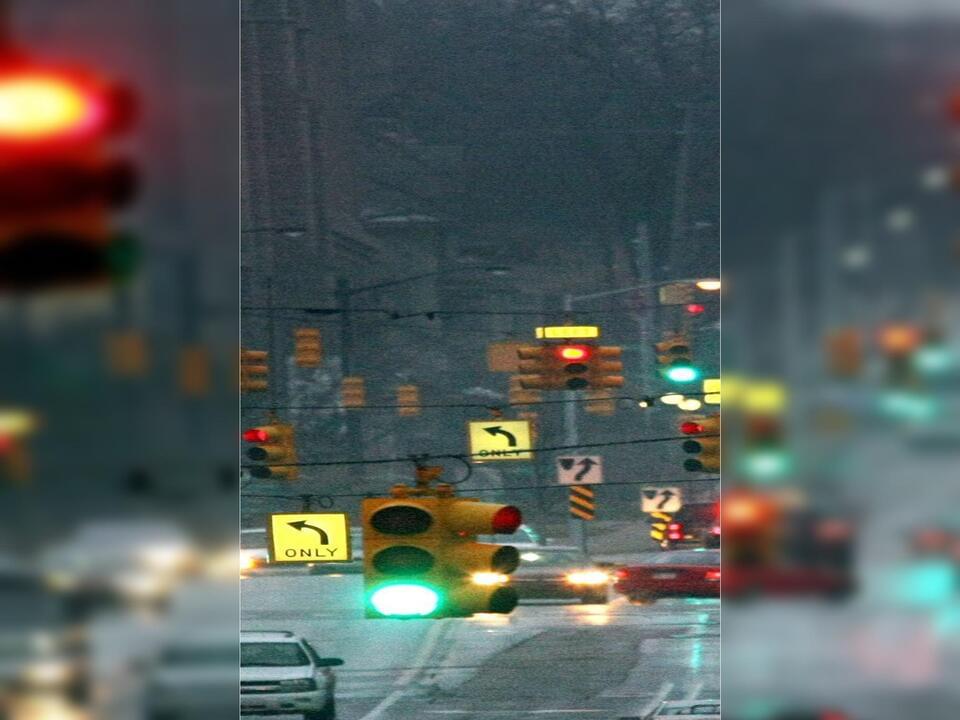Jan 5, 2024
Quantum physicist photographs a single atom you can see with the naked eye
Posted by Shubham Ghosh Roy in categories: computing, engineering, particle physics, quantum physics
Ever think you’d see a single atom without staring down the barrel of a powerful microscope? Oxford University physicist David Nadlinger has won the top prize in the fifth annual Engineering and Physical Sciences Research Council’s (EPSRC) national science photography competition for his image ‘Single Atom in an Ion Trap’, which does something incredible: makes a single atom visible to the human eye.
Click image to zoom. Photo: David Nadlinger/EPSRC
Captured on an ordinary digital camera, the image shows an atom of strontium suspended by electric fields emanating from the metal electrodes of an ion trap—those electrodes are about 2mm apart. Nadlinger shot the photo through the window of the ultra-high vacuum chamber that houses the ion trap, which is used to explore the potential of laser-cooled atomic ions in new applications such as highly accurate atomic clocks and sensors, and quantum computing.
